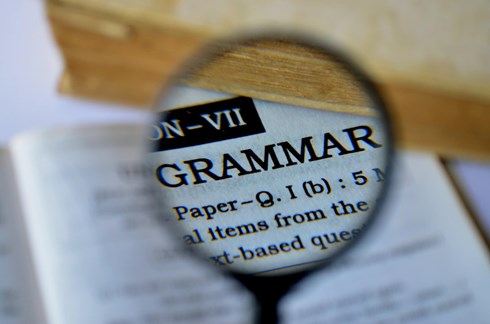
The semicolon is like a little devil who can leave the best of us feeling somewhat flummoxed at times. My usual rule is - if you're unsure, leave well alone! However, the semicolon can turn a piece of writing into a more sophisticated style if used correctly. Here's how:
Use a semicolon to connect two clauses
This is perhaps the simplest and most common use. Two clauses are joined together without using a conjunction (a connecting word such as and, but or if).
Example:
I try to go swimming every day; I like to keep fit.
Note that the words before the semicolon could form a complete sentence on their own, as can the words after it.
The semicolon is not interchangeable with a comma or a full stop. It's not as strong as a full stop - but it's stronger than a comma.
Also, note that the letter following the semicolon is not capitalised unless it's a proper noun or an acronym.
Don't use a semicolon with a conjunction
A conjunction (such as and, but or if) can also be used to link two independent clauses. However, don't combine the two - use a conjunction or use a semicolon, but don't use both!
Example:
My dog likes to chase a ball, but he doesn't often catch it!
My dog likes to chase a ball; he doesn't often catch it!
Incorrect:
My dog likes to chase a ball; but he doesn't often catch it!
Use a semicolon in a list
This needs care! Items in a short list should be separated by a comma. However, if the list contains internal punctuation, the semicolon can be used to help the reader keep track:
Example:
I've visited many cities: Paris, France; Berlin, Germany; Venice, Italy; Edinburgh, Scotland and Krakow, Poland.
Incorrect:
I've visited many cities: Paris, France, Berlin, Germany, Venice, Italy, Edinburgh, Scotland and Krakow, Poland.
Use a semicolon with conjunctive adverbs
A conjunctive adverb is a part of speech which is used to combine independent clauses into one sentence. Examples are words such as thus, moreover, meanwhile, nevertheless, otherwise, consequently etc.
Put a semicolon before the conjunctive adverb and a comma immediately after.
Example:
The shoes come in black or brown; however, we are currently out of stock.
The rule is the same as before. Both clauses must be able to stand on their own as a sentence (ie they must contain a verb).
Of course, we all know a different use for the semicolon and providing your style of writing is reasonably relaxed and informal, there's nothing wrong with that. I'm guessing you know what I mean? 😉
If you feel you'd like your documents to be checked, do feel free to contact me; I'd be happy to help (see what I did there?)